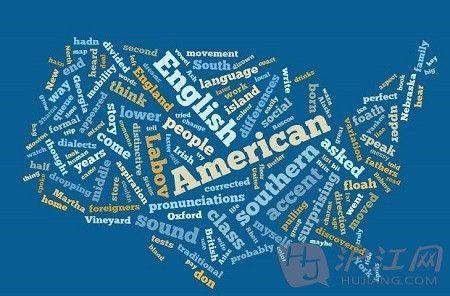Responsible use of data is an indispensable part of any machine learning (ML) implementation. ML developers must carefully collect and curate their datasets, and document their provenance. They must also make sure to respect intellectual property rights, preserve individual privacy, and use data in an ethical way. Over the past few years, ML models have significantly increased in size and complexity. These models require a very large amount of data and compute capacity to train, to the extent that any defects in the training corpus cannot be trivially remedied by retraining the model from scratch. Despite sophisticated controls on training data and a significant amount of effort dedicated to ensuring that training corpora are properly composed, the sheer volume of data required for the models makes it challenging to manually inspect each datum comprising a training corpus. One potential fix for training corpus data defects is model disgorgement -- the elimination of not just the improperly used data, but also the effects of improperly used data on any component of an ML model. Model disgorgement techniques can be used to address a wide range of issues, such as reducing bias or toxicity, increasing fidelity, and ensuring responsible usage of intellectual property. In this paper, we introduce a taxonomy of possible disgorgement methods that are applicable to modern ML systems. In particular, we investigate the meaning of "removing the effects" of data in the trained model in a way that does not require retraining from scratch.
翻译:数据的负责使用是任何机器学习(ML)实现不可或缺的部分。ML开发人员必须仔细收集和筛选数据集,并记录其来源。他们还必须确保尊重知识产权,确保个人隐私,并以道德方式使用数据。过去几年中,ML模型的规模和复杂性显着增加。这些模型需要大量的数据和计算能力来训练,以至于培训语料库中的任何缺陷都不会轻易通过从头重新训练模型来纠正。尽管对训练数据采取了复杂的控制措施,并且已经投入了大量精力确保训练语料库的正确组成,但模型所需的数据量之大使得手动检查训练语料库中的每个数据单元变得具有挑战性。模型除垢是一种可能的修复训练语料库数据缺陷的方法,通过消除不仅错误使用的数据,而且消除它们对任何ML模型组件的影响。模型除垢技术可用于解决各种问题,例如减少偏差或毒性,提高保真度,确保知识产权的负责使用等。在本文中,我们引入了适用于现代ML系统的可能除垢方法的分类法。特别地,我们研究了以不需要从头重新训练为前提的“消除数据影响”的含义。

